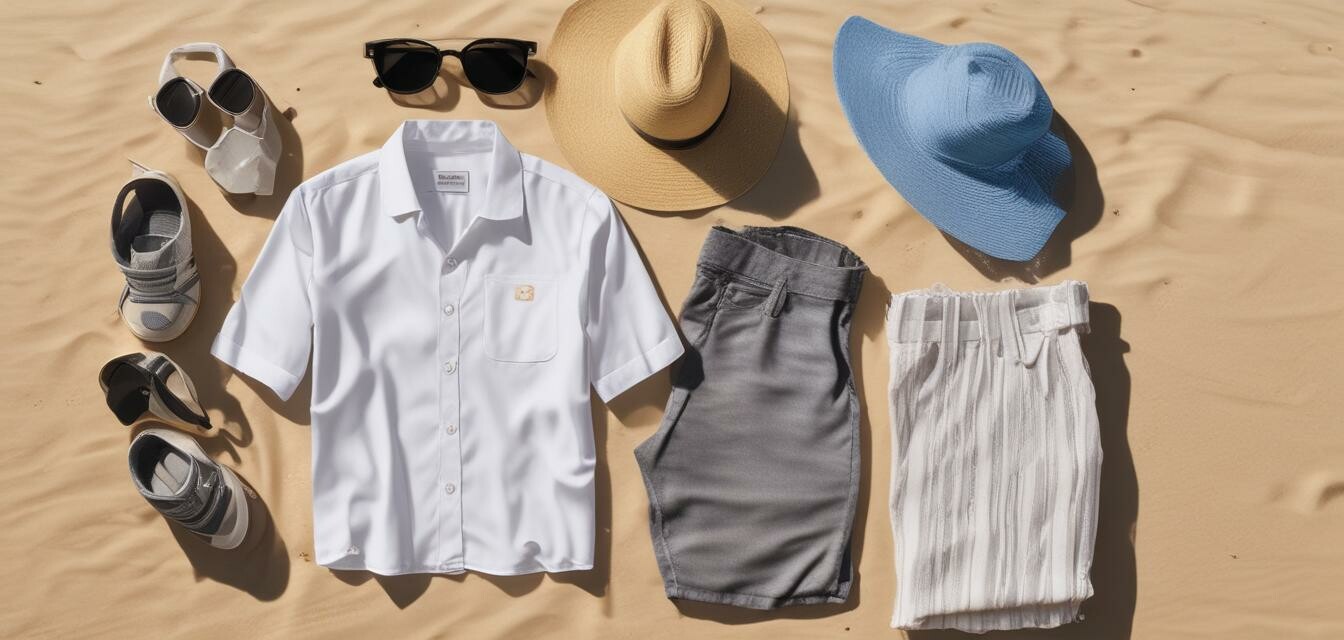
The Role of UV Protective Clothing in Skin Cancer Prevention
Key Takeaways
- UV protective clothing offers consistent protection against harmful UV rays.
- The UPF rating of such garments ranges from 30 to 50+.
- These clothes are particularly beneficial for outdoor enthusiasts and children.
- Increasing awareness about skin cancer is boosting demand for UV protective clothing.
- Fashion and technology trends are shaping the design of these garments.
Skin cancer is a growing concern globally, and awareness about its risks is more prevalent than ever. While regular sunscreen application is a well-known method for protection, the effectiveness of UV protective clothing cannot be understated. This article explores how wearing such clothing contributes to reducing the risk of skin cancer and how ongoing awareness influences consumer behavior.
Understanding UV Rays and Their Impact
Ultraviolet rays from the sun can lead to skin damage and increase the risk of skin cancer. There are three types of UV rays:
- UVA: These rays penetrate the skin deeply and contribute to premature aging.
- UVB: Responsible for sunburn and plays a vital role in skin cancer development.
- UVC: These are mostly absorbed by the ozone layer and do not reach us on the ground.
The significance of UPF Ratings
UV protective clothing comes with a UPF (Ultraviolet Protection Factor) rating, which indicates how much UV radiation can penetrate the fabric. Here's a brief understanding of UPF ratings:
| UPF Rating | UV Protection Level |
|---|---|
| 15 to 20 | Good protection |
| 25 to 35 | Very good protection |
| 40 to 50+ | Excellent protection |
The Benefits of Wearing UV Protective Clothing
1. Consistent Protection: Unlike sunscreen that requires reapplication, UV protective clothing provides long-lasting defense.
2. Convenience: Ideal for extended outdoor activities like hiking and sports.
3. Factors for Sensitive Skin: Perfect for people who are photosensitive or taking medications that increase sun sensitivity.
4. Children's Safety: Particularly important for young children who have more delicate skin.
5. Cost-effective: Reduces the cost associated with frequent sunscreen purchases.
Popular Styles and Varieties
UV protective clothing has expanded in variety, catering to different consumer preferences. These include:
- Casual Wear: Everyday clothing such as shirts, pants, and hats designed with UV protection.
- Swimwear: Specialized swimsuits designed with UV-blocking materials.
- Outdoor Wear: Attire for hiking or sports, integrating moisture-wicking and cooling features.
Emerging Trends in UV Protective Clothing
As awareness about skin health continues to grow, so do the trends in the UV protective clothing market:
| Trend | Description |
|---|---|
| Sustainable Materials | Increasing use of eco-friendly fabrics for UV protective clothing. |
| Fashion-forward Designs | Garments that blend style with function, appealing to a broader audience. |
| Technological Advancements | Development of chemically treated fabrics for better UV protection. |
| Awareness Campaigns | Initiatives aimed at educating the public about UV radiation and skin health. |
Consumer Behavior and Purchasing Trends
With the rise of skin health awareness, consumer behaviors are steadily shifting. More shoppers now consider UV protection when selecting clothing. The demand is particularly high in sunny regions and among outdoor enthusiasts. Furthermore, buying guides on UV clothing can help consumers make informed decisions based on their lifestyle needs.
Key Players in the Market
The UV protective clothing industry includes several well-known brands that are leading the charge.
- Coolibar
- UV Skinz
- Others emerging with innovative products.
These brands focus on combining technology and style while emphasizing the importance of UV protection. Regular updates on industry news and trends can provide insights into new product launches and market shifts.
Pros
- Provides consistent protection from harmful UV rays.
- Reduces the risk of skin damage and associated health issues.
- Convenient solution for outdoor activities and extended sun exposure.
- Available in various styles suitable for all ages.
- User-friendly options that eliminate the need for reapplication.
Cons
- Initial cost may be higher compared to regular clothing.
- Some products may require specific care instructions.
- Limited fashion availability in certain regions or styles.
Conclusion
In conclusion, UV protective clothing is an essential component in the fight against skin cancer and skin damage caused by UV exposure. By understanding the importance of UPF ratings and the various benefits these garments provide, consumers are empowered to make informed decisions. With the trend of combining style and technology, UV protective clothing is set to continue growing in popularity. For more detailed information on how to choose the right UV clothing for your needs, explore our Health and Safety Tips section.